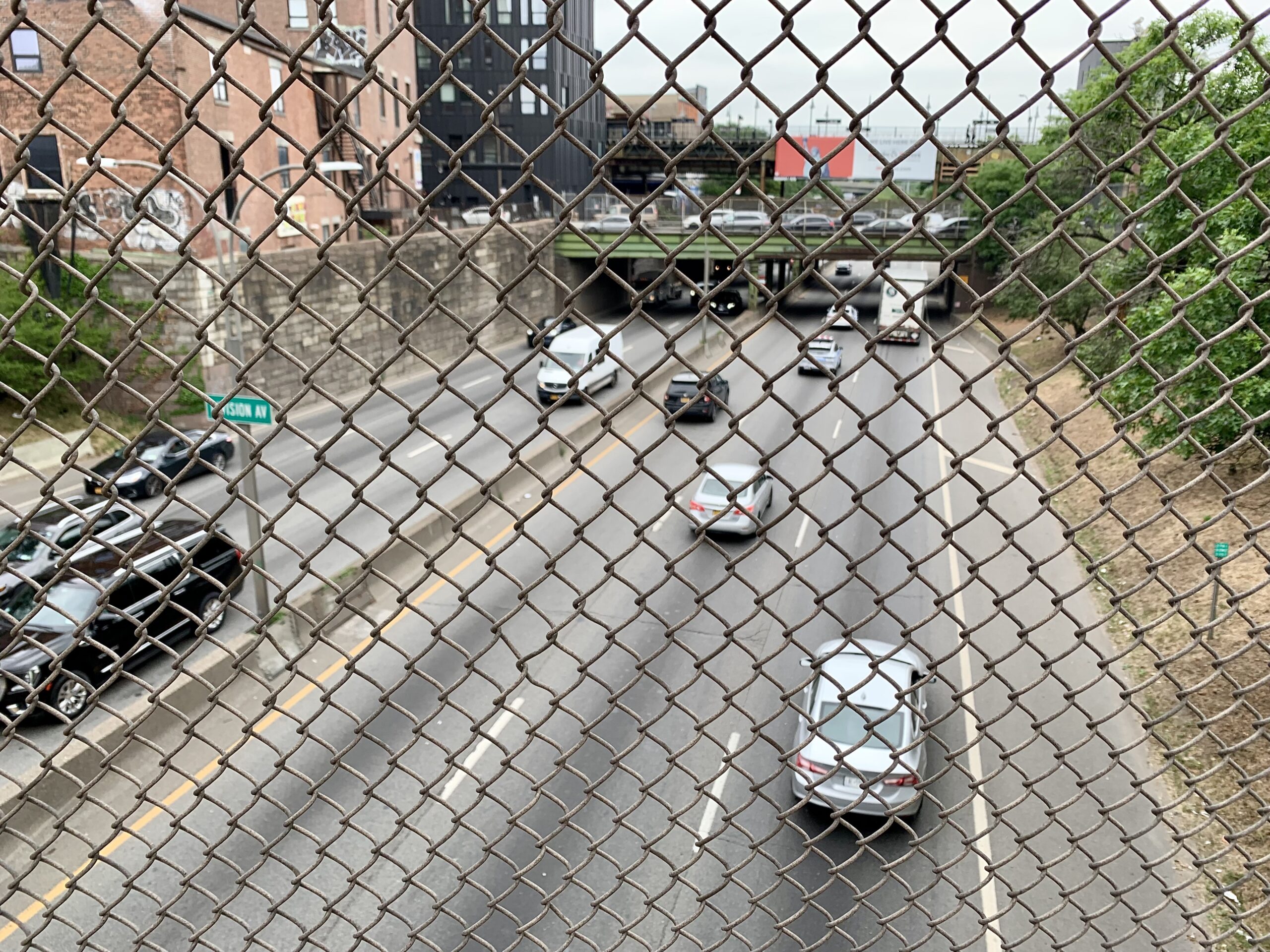Feds approve $5.6M grant to reconnect neighborhoods split by BQE

The U.S. Department of Transportation has approved a $5.6 million grant to advance a redesign of the Brooklyn-Queens Expressway’s North and South corridors, Brooklyn elected officials announced Tuesday.
The expressway has divided neighborhoods like Williamsburg and Sunset Park for almost 70 years, bringing noise, pollution and increased levels of asthma and heart disease. The grant aims at reconnecting these communities and reducing the negative environmental and economic impacts from the roughly 150,000 vehicles traversing the highway daily.
Brooklyn officials and a coalition of 17 community groups representing neighborhoods from northern to southern Brooklyn — the Brooklyn-Queens Expressway Environmental Justice Coalition — have been working together for years to undo some of the damage Robert Moses’ highway caused when he rammed it through neighborhoods without the political clout to divert it, such as Brooklyn Heights.

Brooklyn Boro
View MoreNew York City’s most populous borough, Brooklyn, is home to nearly 2.6 million residents. If Brooklyn were an independent city it would be the fourth largest city in the United States. While Brooklyn has become the epitome of ‘cool and hip’ in recent years, for those that were born here, raised families here and improved communities over the years, Brooklyn has never been ‘uncool’.